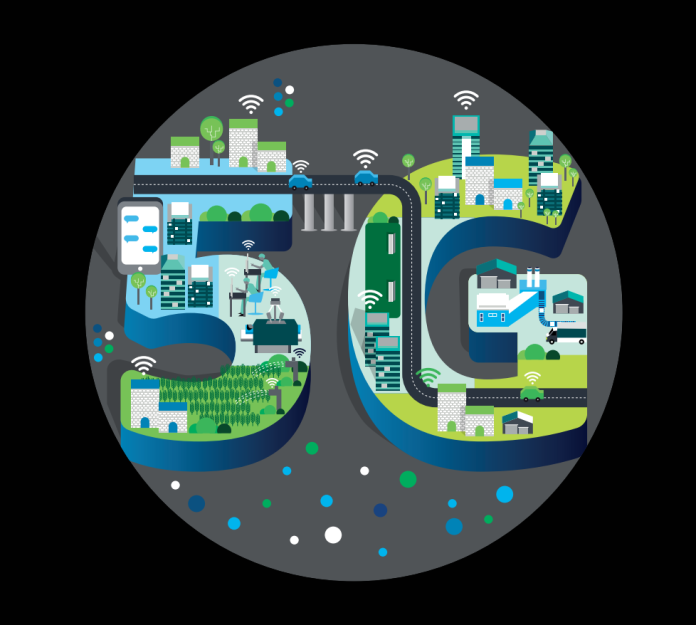Media Release by AMTA
A new report from Deloitte Access Economics, launched today, has warned part of the potential $94 billion boost to Australia’s GDP over the next nine years from 5G technology is at risk from delayed business readiness and slow industry adoption.
The report, titled 5G Unleashed: Realising the potential of the next generation of mobile technology, was commissioned by the Australian Mobile Telecommunications Association (AMTA) to examine the economic impact of adoption levels of 5G-enabled technologies and innovations, and the policy and regulatory principles required to support accelerated adoption.
The report found that, while Australia has been a world leader in mobile telecommunications for decades and is currently ranked 3rdglobally[1], it is at risk of falling to 9th by 2025[2] due to lack of business readiness for change and a policy regime that needs to be recharged.
Australian businesses were found to be slow when it comes to readiness for adoption of 5G despite 62% of businesses leaders across four sectors agreeing 5G will accelerate the growth of their business, with 59% saying they have no strategy to realise 5G and nearly 1 in 3 (30%) having no plans to implement 5G.
The report’s economic modelling estimates 5G will increase Australia’s GDP by $67 billion[3] by 2030 based on the current trajectory for adoption, however an additional $27 billion can be realised by maintaining Australia’s global leadership position through accelerated adoption – a 40% uplift in economic benefit over nine years.
John O’Mahony, partner and technology, media and communications lead at Deloitte Access Economics said technology adoption is an intense race, and the earlier Australian business can develop and see the potential for 5G applications, the larger the productivity benefits.
“With nearly 90% of businesses facing barriers to 5G adoption, Australia can only unlock the significant economic dividend by lifting business readiness and re-energising the policy regime and framework for 5G.”
The report also sets out 11 policy priorities for Government across three key areas – driving national adoption of 5G, infrastructure deployment and spectrum allocation – to support accelerated 5G adoption and rollout, and facilitate enhanced investment in 5G,” Mr O’Mahony said.
CEO of AMTA, Louise Hyland said Australia’s mobile telecommunications sector has invested billions in the 5G rollout over a number of years to establish itself as a global leader, generating significant opportunity for Australia’s economy and industries in the process.
“We know there are significant economic benefits to be gained from the adoption of 5G across industry, including innovation, jobs, productivity, and global collaboration & competitiveness,” Ms Hyland said.
“Australia’s world-leading 5G rollout has seen three live networks established and operational 5G base stations at almost 4,000 sites at the end of 2021[4] with significantly more brought online since, while trials of 5G technology are being undertaken by industry and supported by the Australian Government’s 5G Innovation Initiative.”
“But in reality, that opportunity only has value if the potential can be realised, and that’s why we are calling on industry and government to now play their role in driving an enhanced rate of 5G adoption.”
“Accelerating Australia’s 5G rollout can unlock a huge economic and social dividend. Now is the time for governments and industry to invest in the applications enabled by 5G, to realise those economic and social benefits – particularly for businesses in industries less ready.”
“AMTA and Australia’s mobile telecommunications industry is committed to engaging with industry and governments to play our part in smoothing the road for adoption and ensuring Australia remains a global leader in 5G while realising its full potential for the economy,” Ms Hyland said.
Other key findings from the report include:
- Businesses with a strategy referencing 5G have 2x the number of advanced 5G use cases such as AI, AR/VR, and IoT devices on average
- Barriers to businesses adopting advanced mobile use cases include it not being a current priority (28%), and believing costs are too high (27%)
- Many 5G use cases of interest to business leaders are industry-specific, such as greenhouse automation in agriculture, remote monitoring of stock levels in manufacturing, data analytics for patient outcomes in health care and traffic monitoring for smart cities.
The 5G Unleashed: Realising the potential of the next generation of mobile technology report can be viewed or downloaded here.





















